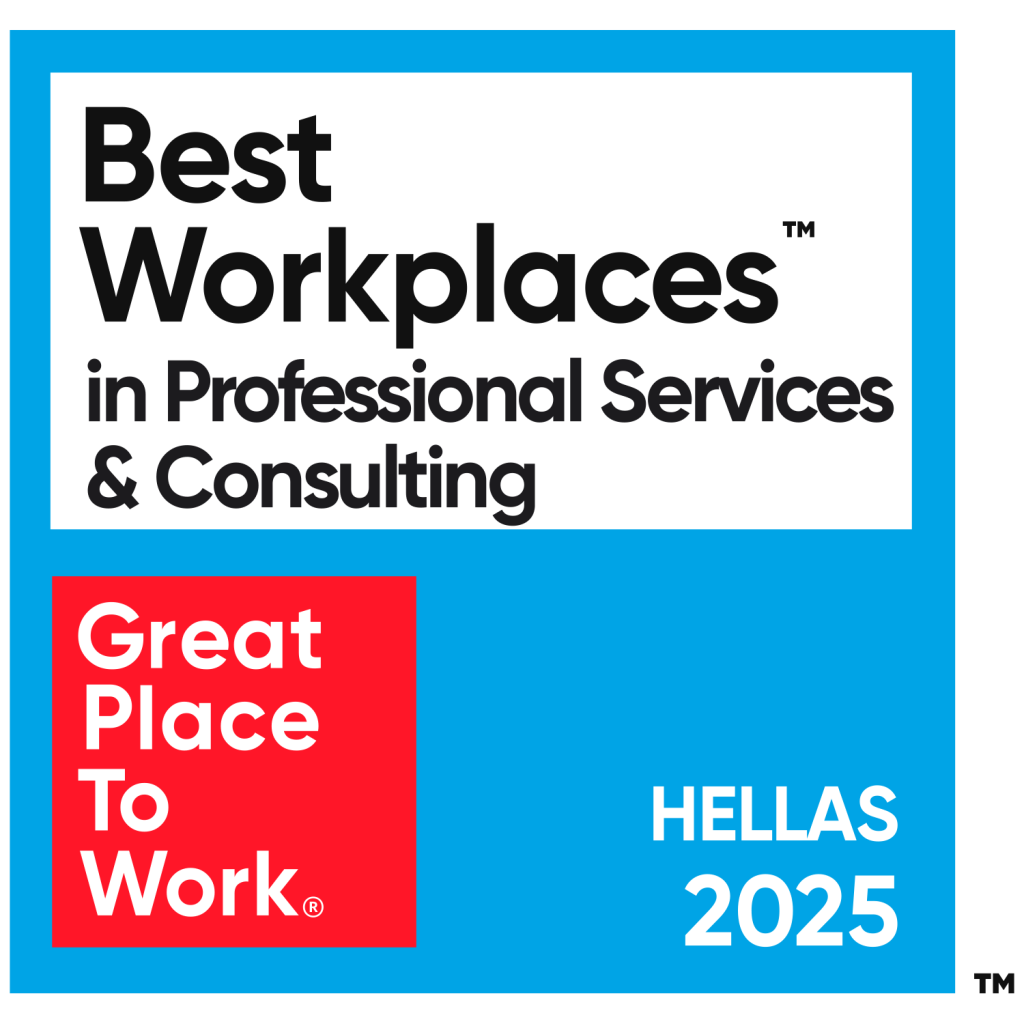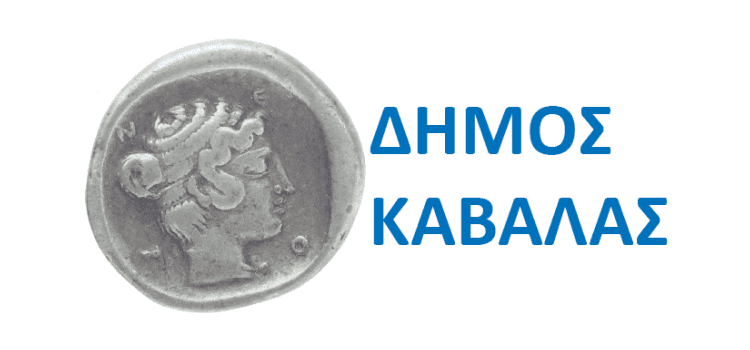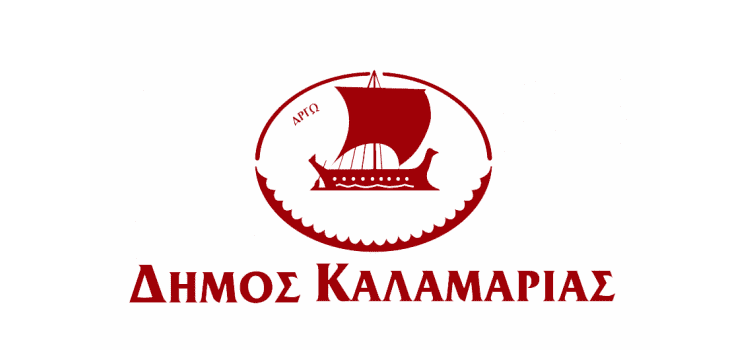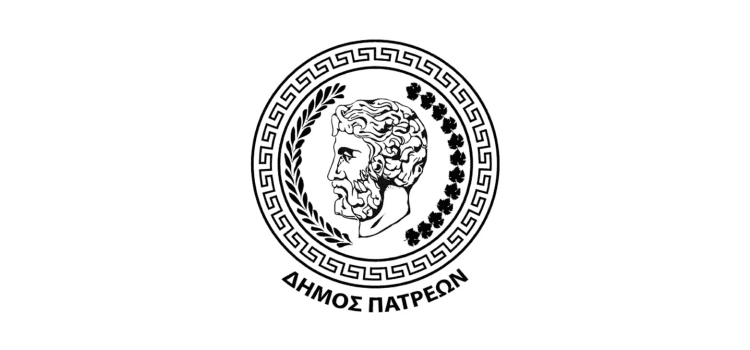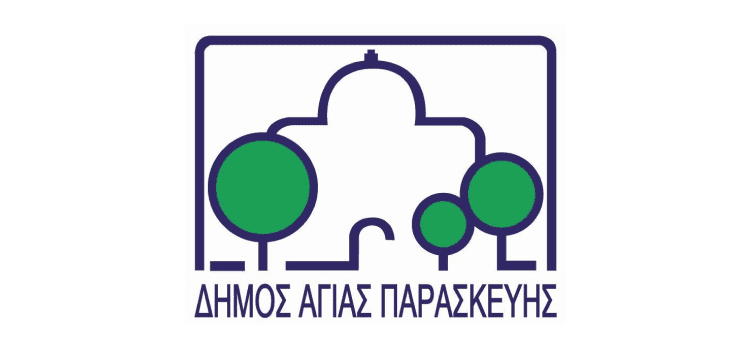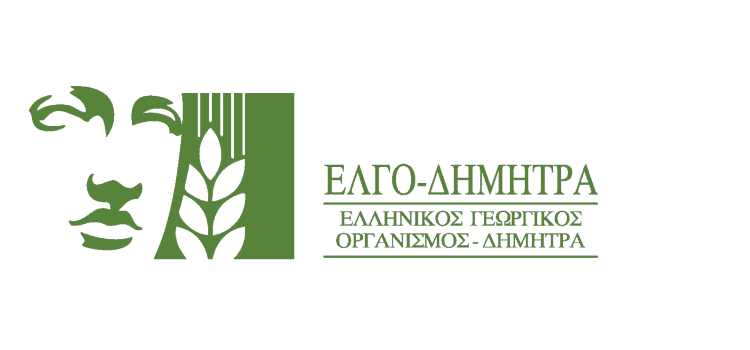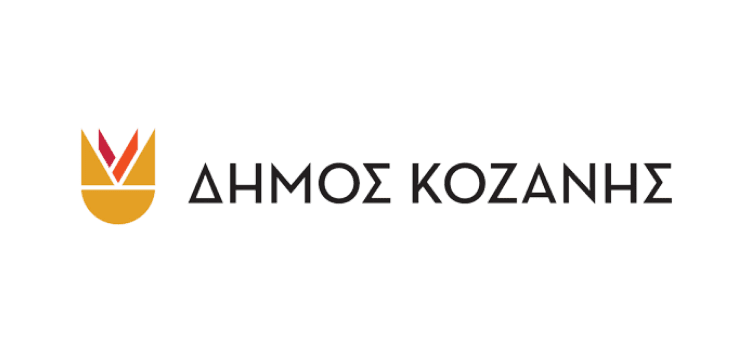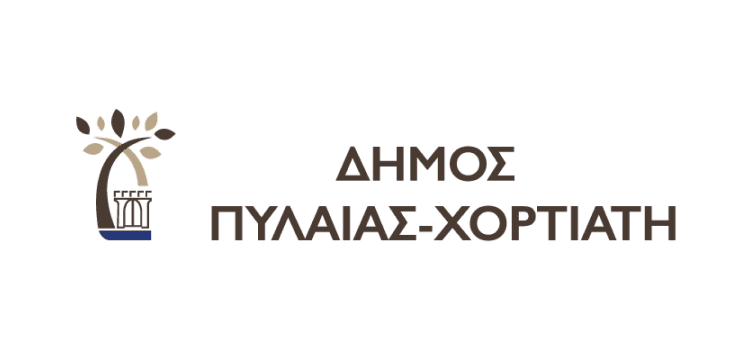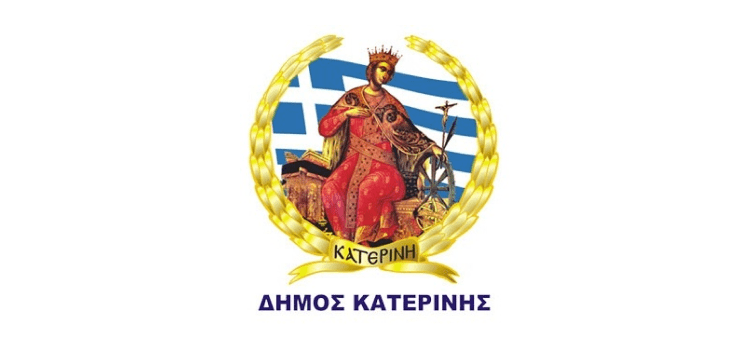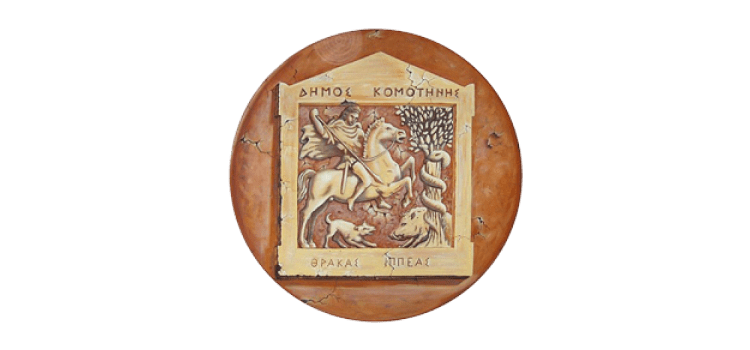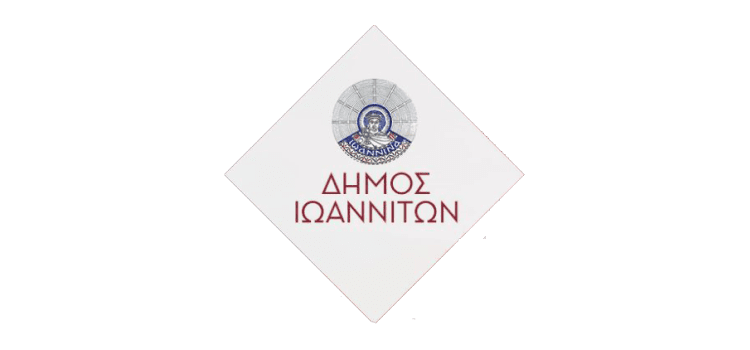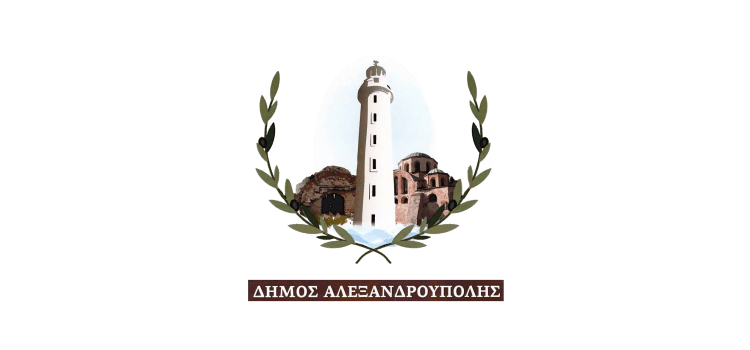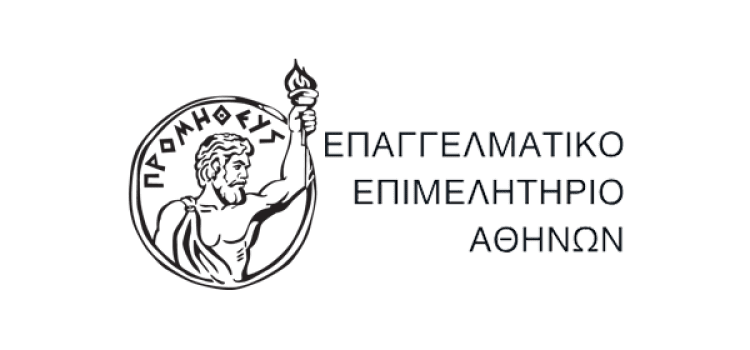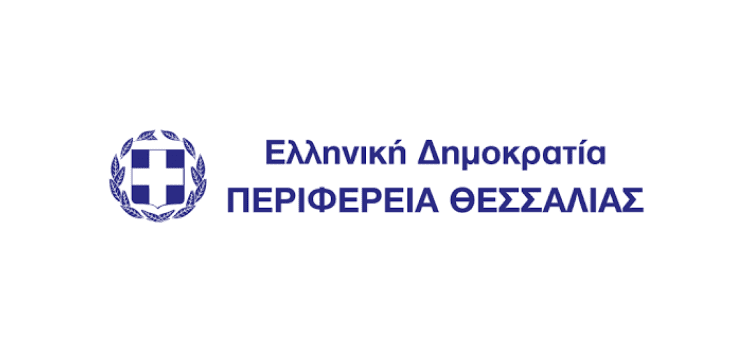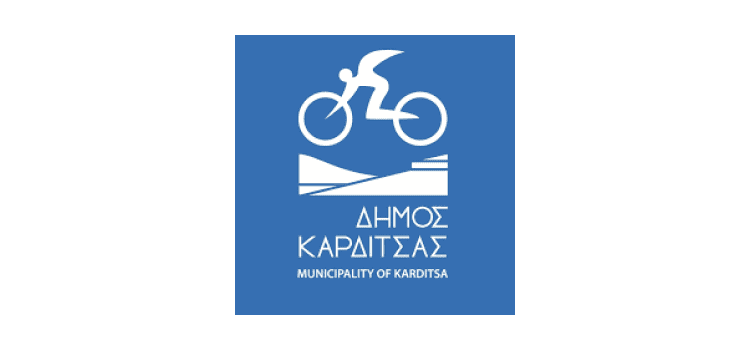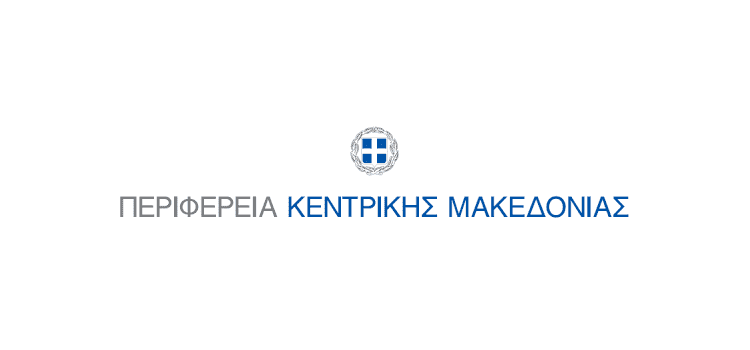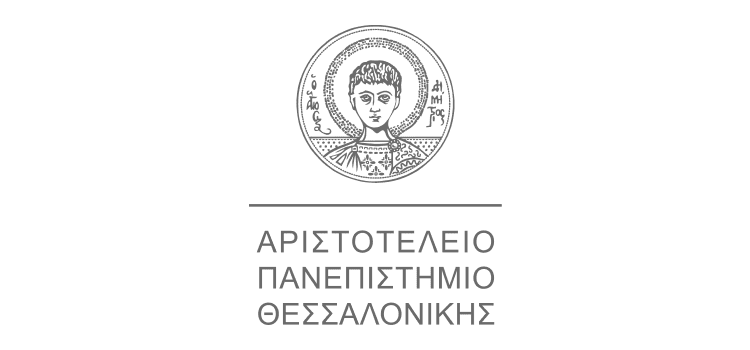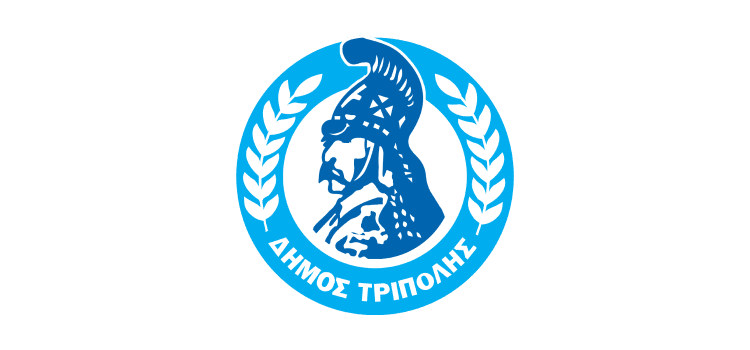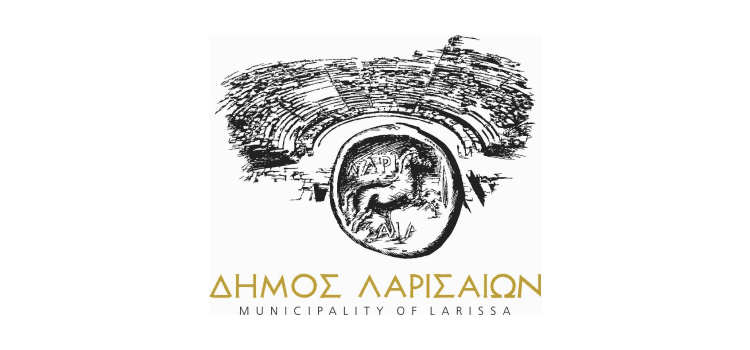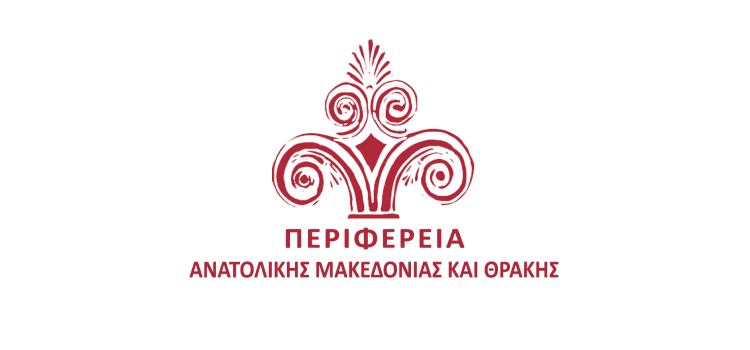Οι πολιτιστικοί πόροι – από αρχαιολογικά μνημεία και μουσεία έως παραδοσιακοί οικισμοί και τοπικά φεστιβάλ – παραμένουν σε μεγάλο βαθμό αναξιοποίητοι. Αν και αποτελούν τη “ζωντανή μνήμη” ενός τόπου, σπανίως συνδέονται με οργανωμένο σχεδιασμό ανάπτυξης, τουριστικής προβολής ή κοινωνικής συμμετοχής.
Issue
- Fragmented information: Stakeholders lack a unified inventory or assessment of their cultural assets.
- Lack of prioritization: There are no criteria for identifying which assets should be highlighted or interconnected.
- Unstrategic use: Isolated actions (restorations, reuses, events, etc.) are carried out without a unified sustainable management plan.
- Disconnection from the community: Local communities often ignore or underestimate their cultural heritage.
- Lack of financial and technical grounding: Cultural upgrade projects remain on paper due to the absence of substantiated operational planning.
Without an integrated, sustainable, and evidence-based plan, the “raw material” of culture remains dormant—instead of actively contributing to a region’s attractiveness, identity, and economic revitalization.
Solution
- Holistic mapping of cultural assets (tangible & intangible, natural & man-made).
- Evaluation using a Cultural Asset Assessment Form across six key dimensions (visitor appeal, accessibility, financial viability, activities, information availability, human resources).
- SWOT analysis & benchmarking against best international practices to highlight feasible solutions.
- Development of strategic directions and intervention scenarios.
- Operational plan including timeline, costs, benefits, and funding sources (e.g., EU Recovery and Resilience Fund, NSRF, etc.).
Result
A MasterPlan with immediately implementable projects that drive real action—not just documentation:
- Evaluation & categorization of 100+ cultural assets based on social, tourism, and economic value.
- Well-documented plan for interconnecting assets, creating integrated visitor routes and narratives (e.g., “Water Route,” “Archaeological Trail,” etc.).
- Active involvement of the local community through Stakeholder Groups, ensuring sustainability and social acceptance.
- Detailed reuse projects with full operational scenarios and proven economic viability.
- Effective use of funding instruments through substantiated project proposals with predictable outcomes.
This MasterPlan transforms culture from a passive “asset” into a dynamic tool for local development.

